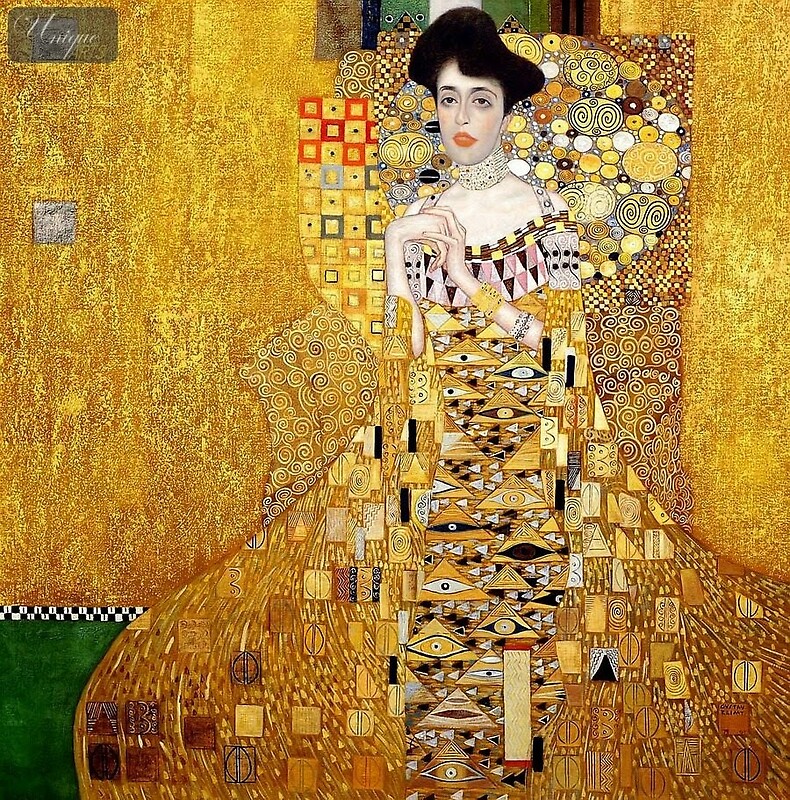You can find Natalie's original post here.
After many illustration and painting projects under our belt, I wanted to do a paper art project with my kids, and knew this one would be perfect for all ages. And boy, was it fun!
Be aware that this project is rather time-consuming, as it requires many steps and is done on a large format. It took us three 90-minute classes, but it worked out well, since we lumped the three main steps into one class each.
Day 1:
Students chose to do either a cat or a dog (large or small breed). I prepared tracers of cat eyes, dog eyes, cat nose, and a small and large dog nose. I used simple cardstock for this. I don't usually use tracers, but felt they were fitting for this projects since the focus was really on pastel blending, painting for dimension and definition, and collaging, and the tracers really saved us a lot of time and effort in an already lengthy, multi-step project.
Students traced their eyes and nose on good watercolor or acrylic paper. Eyes were colored using 3-4 analogous oil pastel colors. Starting at the outer edge of eye ball with the darkest color, students colored a ring of color always coloring in the direction of the pupil. The next lightest color was applied in the same way, but slightly touching the first ring of color in order to have the two colors blend. The third and fourth colors was applied in this same way. This process created slightly blended colors where one color ring transforms into the next, and it really looks like the streaks of iris color.
 You're best off watching Natalie's eye coloring tutorial here.
You're best off watching Natalie's eye coloring tutorial here.Once irises were colored, black acrylic paint was used to color in pupils and the outer edge of eyes. Reflection spots were added in white acrylic paint.
The dog nose was painted using black acrylic paint with white, to create grays. Cat noses were painted with red with white, to create pink. Highlight spots were added here too.
Watch Natalie's nose painting tutorial here.
This was all we managed for day 1.
Day 2:
To hugely save on time and cut down on mess and waste, I had prepared and pre-torn strips of paper is various colors, patterns and textures. I used as many different kinds of paper as possible for maximum interest - atlas paper, book paper, painted paper, printed/stamped paper, deco paper, wrapping paper, graph paper, dotted paper, colored construction paper.... and I had my (biological) kids help me create paper using different mediums (watercolor resist, printing with stamps, painting with stencils, scribbling and drawing, printing with bubble wrap and other found objects, etc). I then tore these up into long strips. You could do this step on a separate day with your students (the kids would love it) but I was pressed for time.
So, day 2, students were given a large 50x35cm black paper and were told to collage strips of paper in as many different colors and patterns as possible (mindful of balance and harmony, so perhaps repeating a few colors and patterns here and there). Strips should head towards the center and go slightly beyond the edge of the paper. We used acrylic gel medium for our glue. As always with gel medium, we glued under and over, which really helps to firmly seal our strips.
This process took nearly the full 90 minutes of class.
 |
| Collaged strips |

Day 3:
We glued our eyes and nose onto our collage paper. We had many visuals of dogs and cats at our desks, to helps us visualize the facial order, features, texture and fur of our animals. We noted that with animals (and people), eyes are generally placed only as wide apart as the width of our noses. We glued these down and went over them with glossy acyclic gel medium, which gives our eyes and nose that glossy shimmer.
Then it was time for adding definition, dimension and texture, and to make our eyes and nose harmonize with and look like they 'belong' to our collaged background. Using only black and white paint (and creating our own grays), we defined our eyes, created a snout shape and chin, considered dimension and facial structure. Again, we looked to visuals of cats and different dog breeds for inspiration. Cheeks, chins and snouts were pushed forward in that we used more white and light grays here, while eyes were pushed back in that we added more black around the edges. Using feather brushes and other fur-rendering paint brushes (fan brush, wisp brush), we added furry lines and texture around eyes, forehead, along the edges of our snouts, and anywhere we wanted that furry look.
To make the eyes less 'startled' and to give our eyes more character, we painted over the upper edge of the iris. This softened the look a bit. We even abandoned brushes and used our fingers to finger paint some definition here and there. Fun!
All my ages groups, from age 6-14, really enjoyed this multi-step process.... perhaps without even realizing just how much learning was happening! A real winner of a project!
Thanks again to Natalie from Elementaryartfun.blogspot.com for the awesome inspiration!
 |
| Ages 8-11 |
 |
| Ages 8-14 |















































